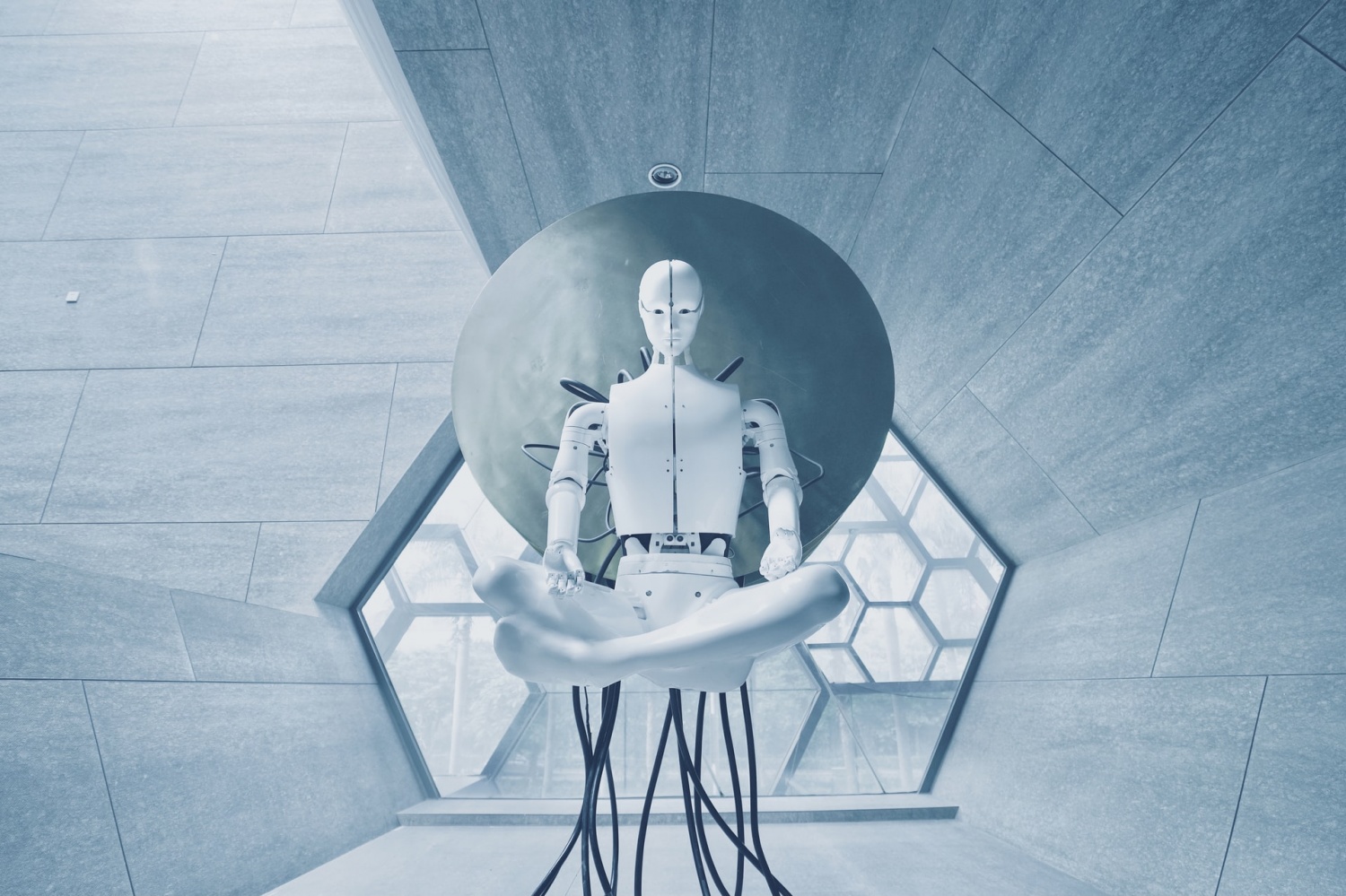A robot made by a team of researchers from Johns Hopkins University has performed keyhole surgery on pigs on its own. Also, they claim that the robot surgeon’s results were “substantially better” than those of humans.
They have designed the Smart Tissue Autonomous Robot or STAR that performed laparoscopic surgery to join two ends of an intestine in four pigs. This is an incredibly difficult procedure that requires a high level of accuracy and repetitive motions while suturing, which the robot excelled at, according to a paper published in Science Robotics. Even the smallest tremor or missing stitch could cause a leak, which would have disastrous consequences for the patients.

“Our findings show that we can automate one of the most intricate and delicate tasks in surgery: the reconnection of two ends of an intestine. The STAR performed the procedure in four animals, and it produced significantly better results than humans performing the same procedure,” senior author Axel Krieger, an assistant professor of mechanical engineering at Johns Hopkins’ Whiting School of Engineering, said, in a press release.
The STAR is a vision-guided system built primarily for suturing soft tissue, which is particularly difficult for robots due to its unpredictability. The current version builds on a 2016 version that repaired a pig’s intestines which needed a large incision to operate and more guidance from human operators.

John Hopkins researchers outfitted the robot with additional features like specialized suturing tools and cutting-edge imaging technologies. This increased autonomy and surgical accuracy. In addition, the robot is guided by a three-dimensional endoscope based on structural light and a machine learning-based tracking algorithm, and its novel control system can adjust the surgical plan in real-time, like a human surgeon.
“What makes the STAR special is that it is the first robotic system to plan, adapt, and execute a surgical plan in soft tissue with minimal human intervention,” said first author Hamed Saeidi, a visiting research scientist of mechanical engineering at Johns Hopkins’ Whiting School of Engineering.


